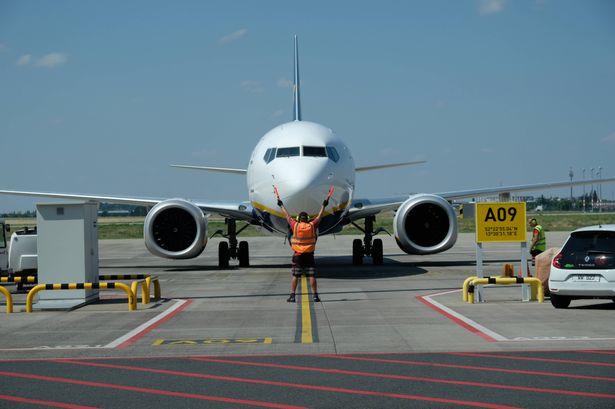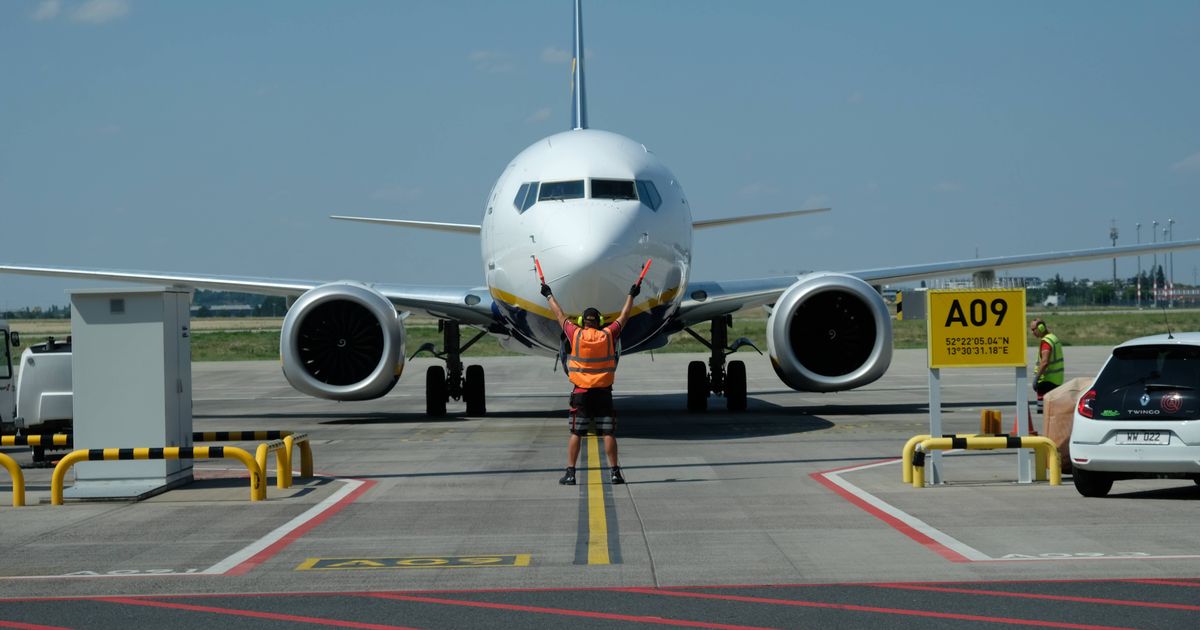The Foreign Office has updated its travel advice for a number of popular European holiday destinations ahead of a major rule change introducing a new Entry/Exit System
Liv Clarke Tourism writer
19:28, 07 Oct 2025
 British holidaymakers have received a crucial announcement(Image: alexsl via Getty Images)
British holidaymakers have received a crucial announcement(Image: alexsl via Getty Images)
British holidaymakers have received a crucial announcement from the UK Foreign Office regarding a significant regulatory shift affecting 29 European nations from October 12. This weekend marks the launch of the European Union’s Entry/Exit System (EES) throughout the Schengen zone, encompassing beloved tourist hotspots including Spain, France and Greece.
The fresh framework aims to strengthen frontier security and track third-country citizens – including Britons – ensuring they don’t exceed the 90-day visa-free allowance within a 180-day timeframe. Prior to the EES implementation, the FCO has revised entry stipulations for participating nations. It’s important to highlight that this excludes the Republic of Ireland and Cyprus as they remain outside the Schengen zone.
The Foreign Office announcement states: “From 12 October 2025, the European Union’s (EU) new Entry/Exit System (EES) will begin to roll out.
“This means that when you travel into the Schengen area for short stays, you may need to register your biometric details, such as fingerprints and a photo. You do not need to take any action before you arrive at the border, and there is no cost for EES registration.
“On your first visit into a Schengen country from 12 October onwards, you may be asked to register your details at a special booth before proceeding to the immigration desk. Follow directions from your travel operator or the staff at your port of entry.
“You may also need to provide either your fingerprint or photo when you leave the Schengen area. Children aged 11 or younger will not have their fingerprints scanned but may need their photo taken.
“EES may take each passenger a few extra minutes to complete so be prepared to wait longer than usual at the border.
“EES will not be rolled out to all ports of entry at once, the numbers of passengers being registered at each port of entry will vary, and some destinations may take up to 6 months to fully roll out the new process.
“Until EES is fully rolled out your passport will continue to be stamped, even if you’ve already been registered for EES. Once EES is fully rolled out, it will replace the current system of manually stamping passports when visitors arrive in the Schengen area for short stays and you will input biometric details every time you enter or exit.
“If you enter the Schengen area through the Port of Dover, Eurotunnel at Folkestone or Eurostar at St Pancras International and you are asked to register for EES, the information will be taken at the border before you leave the UK.”
The following nations are taking part in the EES:
- Austria.
- Belgium.
- Bulgaria.
- Croatia.
- Czech Republic.
- Denmark.
- Estonia.
- Finland.
- France.
- Germany.
- Greece.
- Hungary.
- Iceland.
- Italy.
- Latvia.
- Liechtenstein.
- Lithuania.
- Luxembourg.
- Malta.
- Netherlands.
- Norway.
- Poland.
- Portugal.
- Romania.
- Slovakia.
- Slovenia.
- Spain.
- Sweden.
- Switzerland.
